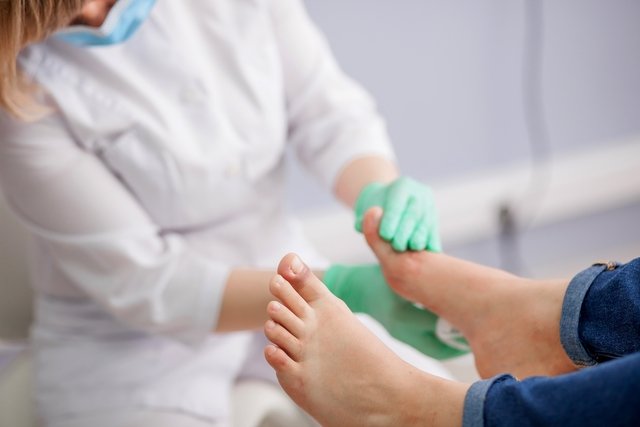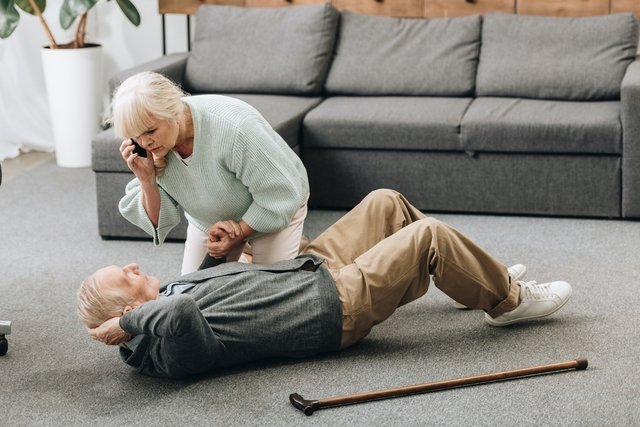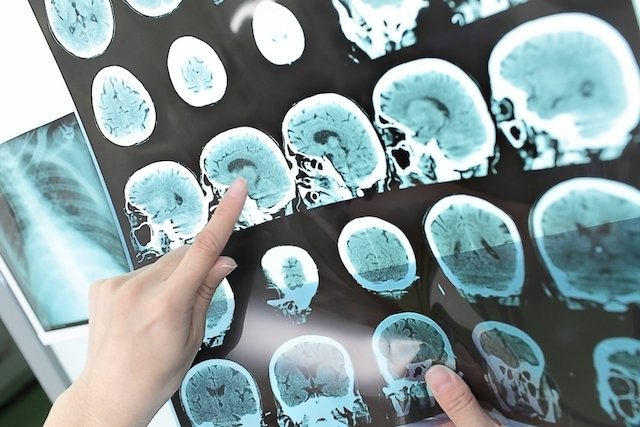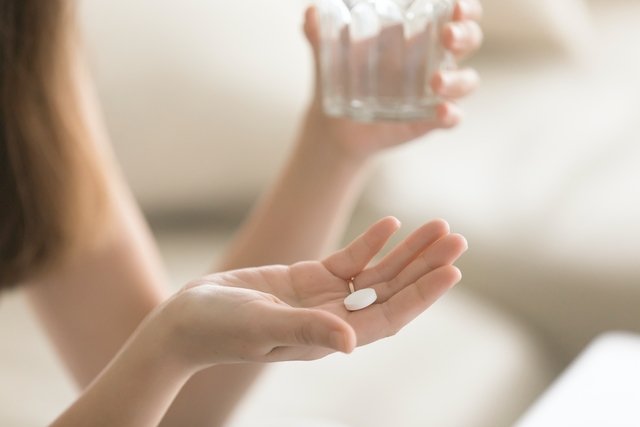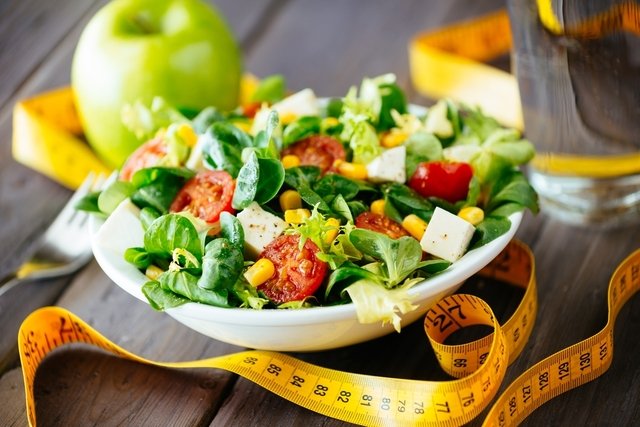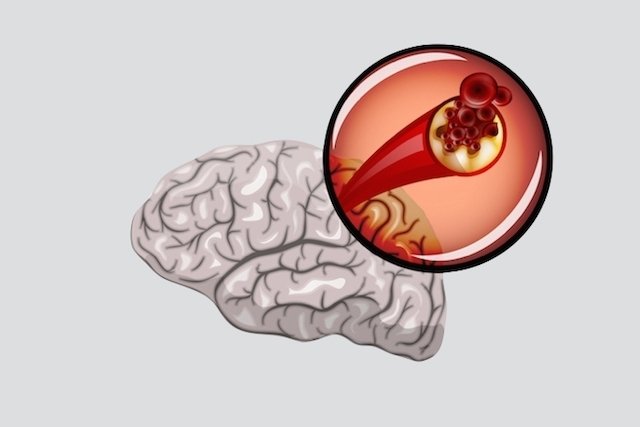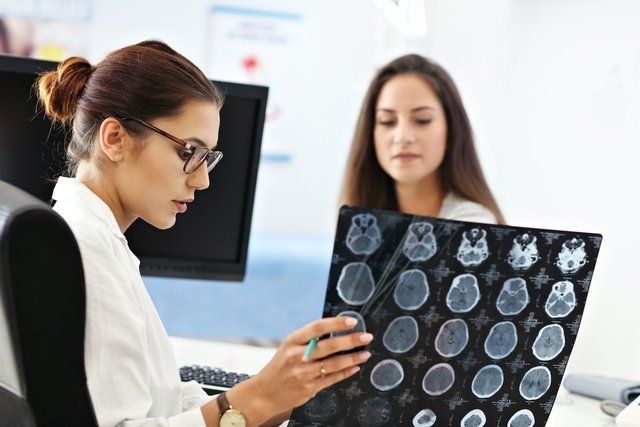Necrosis: what it is, symptoms, types, causes and treatment
Necrosis is a situation where cells in the body’s tissues die, which may arise due to a lack of oxygen or low blood circulation, such as what happens in cases of stroke, infections, electric shock or wounds, for example. Symptoms of necrosis vary according to the cause and location of this condition, and may include […]
Continue Reading
